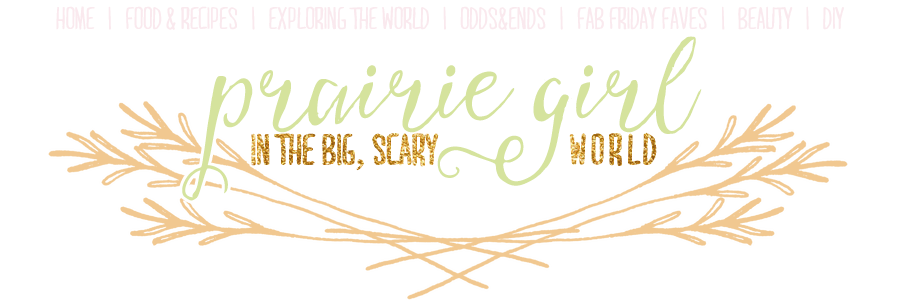In Miraflores, there is set of ruins known as the Huaca Pucllana. It is a massive site, taking up about 15 acres. Even though I have been there a few times now I am always awestruck by the size, and the fact that is filled with thousands of years old pyramids in the middle of a city millions. The site was built around 200AD as a administrative and ceremonial center and is probably the most important ancient monument in Lima. The site was separated into two parts, the Administrative sector, used for things like public meetings and the Ceremonial Sector, used for rituals, worshipping and sacrifices.
On the site, many artifacts have been found, such as textiles, bones, ceramics, stone tools and the remains of animals and plants. Many of these can be found in the onsite museum.
The tour guides that I had both times that I went were fantastic and spoke decent english. Well, good enough english that they had a pretty decent english sense of humor, which always makes the tours more fun. they could answer any question that they were asked and didn't mind doing so.
There are many little Peruvian mannequins set up depicting what task was performed in each area. The statues are adorable, and so tiny... hard to believe that at one time Peruvians were even shorter than they are now!
The walls of the entire structure are made of small adobe bricks of dried mud. Anywhere else in the world this would have never made sense, but since it NEVER rains in Lima, the structures have survived for centuries. They are stacked like books on a shelf with small gaps in between as well. This is to absorb the energy from frequent earthquakes in the area. Also pretty impressive that most of the city has been destroyed by tremors several times, but these structures have survived it all.
There is also a small garden filled with various Peruvian fruit, plants and vegetables on site, as well as a cute little petting zoo with Alpacas, ducks and guinea pigs.
Aguaymanto, one of my favorite Peruvian fruits.
San Pedro cactus, used as a hallucinogenic drug
coca, a medicinal plant in Peru, also the plant that cocaine is derived from.
Along with the pyramids on site, there are also chambers, rooms, passages and courtyards. It's quite impressive to look at the whole site from the top.
The site was abandoned around 700AD when the Wari brought new culture in. It was then used as a cemetery for the important people in that culture. The graves were later destroyed by the Ichma people that brought in even more new culture and beliefs and they used it only for sacrifices and worshipping. By the time the Incas got to the area several hundred years later, it was already known as an old sacred village.
There have been many tombs and mummies found on the site. This is one of the tombs, with a replica mummy in it.
The site has been being uncovered since 1981 and won't be finished for several more decades. These are some workers that come out and work in the dust and heat everyday.
Nicole and I on our trip to the ruins.
Josh and I last year when we had just arrived in Lima.
The view of the restaurant from the ruins. Josh and I were lucky enough to get to try it a few weeks ago and it is amazing with probably one of the most beautiful views in the city.
This is a great site and if you are only passing through Lima, be sure to check it out. It is about a 20 minute walk from most of the hotels in Miraflores and only takes about an hour for the whole tour.





































No comments:
Post a Comment